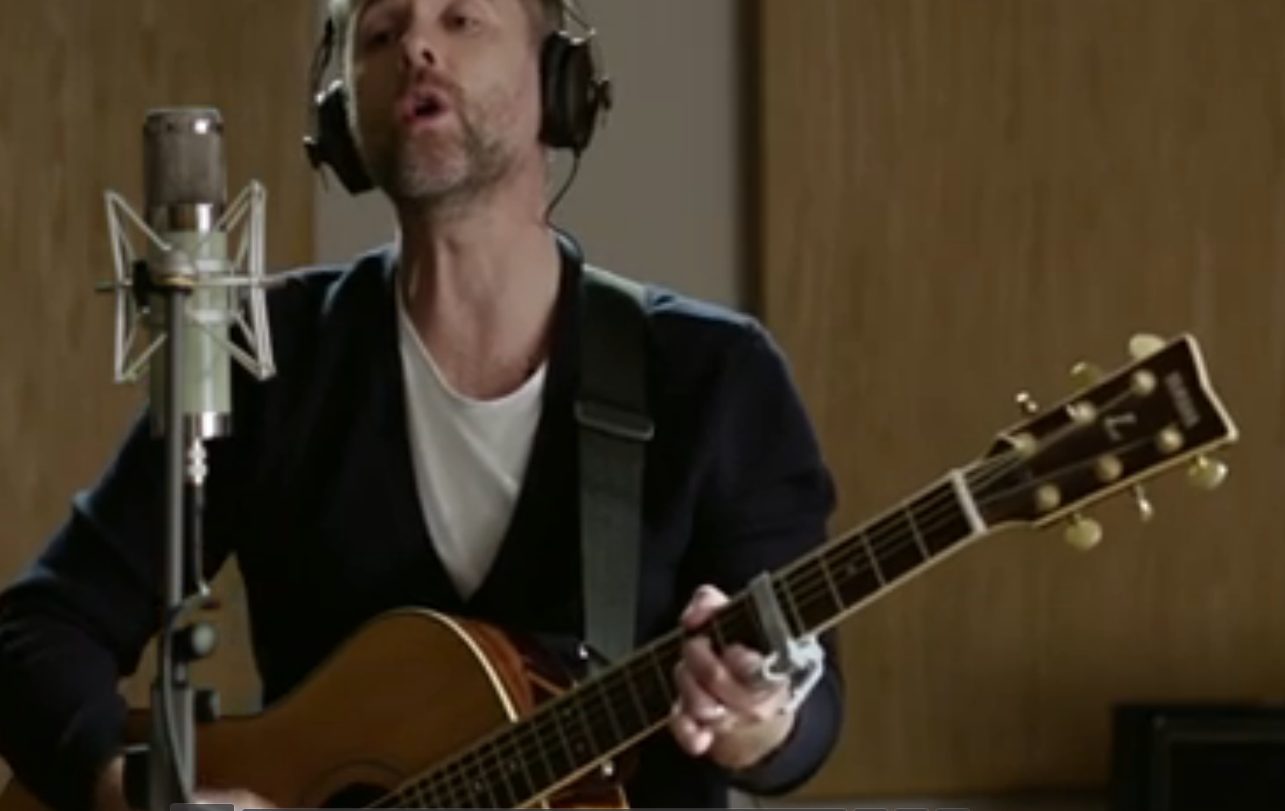Baking can teach you a lot of things. Following directions, measuring, fractions, and even chemistry. This is a simple experiment using a basic cake/cupcake recipe that I’ve cut in half for smaller batches. We’ll make eight batches total, and in seven of them we’ll take away an ingredient. You’ll learn how all the ingredients work together to make a delicious cupcake.
Materials:
Sugar, butter, eggs, vanilla extract, all purpose or cake flour, baking powder, milk, cupcake liners, a small cupcake tin, a mixing bowl, an electric mixer, and a spoon.
You’ll also need a notebook and a pencil to record your results.
The first batch will be your control. Having a control in an experiment is important, so you know what happens when everything goes as planned. Because this control turns into tasty cupcakes, you could also double the recipe to make twice as many of the control batch. You know, for science.
For a standard batch of six, take six cupcake liners and write “C” on the bottom (outside) of the liners with pencil before using them to line your cupcake tin.
Basic Cupcakes:
(makes six cupcakes)
½ cup sugar
¼ cup (one half stick) butter
1 large egg
1 teaspoon vanilla
¾ cup flour
1 teaspoon baking powder
¼ cup milk
Using a mixer, cream together the sugar and butter. That means mix them together until they are light, fluffy, and pale. Add the egg and vanilla. Next, mix the flour and baking powder into the batter. Finally add the milk and mix together until blended. Spoon into the paper lined cupcake tin, and bake for 20 minutes at 350 degrees. Allow the cupcakes to cool before eating.
Use your notebook to record the taste, texture, smell, and general appearance of the cupcake. Did it rise? Did it appear to collapse? How is the texture?
For the next batch, write “1” on the bottom of your cupcake liners. This time, follow the same recipe, only leave out the sugar. For batch “2,” you’ll leave out the butter, for batch “3,” you’ll leave out the egg, and so on until you’ve made a batch missing each ingredient. (Make sure you allow extra time for the flourless version to cool–it will be a very hot liquid and might burn if the cupcake tin spills.)
Write down your results for each batch. How was the flavor? Did it rise? Did it collapse? Did the texture change? What role do you think that ingredient serves in the recipe? Would you want to leave it out in the future?

What you witnessed:
Vanilla is the only ingredient in the recipe that doesn’t change the structure of the cake. It only changes the flavor and smell.
The flour forms the main structure for the cake–you may notice that the cake is a pile of goo without it.
Baking powder is a leavening agent that makes a carbon dioxide foam as the batter cooks, and that’s one of the key reasons the cake batter rises. The sugar and butter also help with rising. The fat and sugar are creamed with the mixer, which traps air around the sugar crystals as they’re surrounded by the butter. Those tiny air pockets also fill and expand with the gasses from the baking powder.
The milk and egg proteins act as binders to keep the foam from collapsing as it cools.
The browning and delicious baked smell rely on the Maillard reaction, which is caused by a combination of heat, sugar, and proteins. That’s why the batch with no sugar will also have trouble browning.





This is an awesome experiment, I’m putting this in the vault for when my daughter is older. Helpful even for me when I’m baking!
Fun idea. I might do it for a big group, a class or a club, but I don’t think I can justify wasting that much food just to show my two kids what happens.
That’s why I broke it down to a half batch. I didn’t like the idea of throwing out bunches of food either. The only two you really can’t eat at all are the ones with no flour or no sugar.
I read this a few weeks ago but suddenly thought of it again yesterday as I sat hunched over a recipe for butterscotch fudge cake contemplating how to get the topping just right for my brother’s birthday cake.
I am having such problems making cream cheese frosting. The last attempt slid off the cake like water off a non-stick pan. Reading a bit about it on the web has opened up a whole world of fat versus water content and stabilisation issues I was hitherto unaware of.
There is scope for a whole series of articles here on using chemistry to crack common cooking problems like why is cream cheese frosting runny, why does bread have huge holes in it, why did the cake sink…
Your recipe has an error….1/4 cup of butter is not the same as 1 stick. 1 stick is 1/2 cup.
Fixed – thanks!
I am doing this for a science project for my science fair